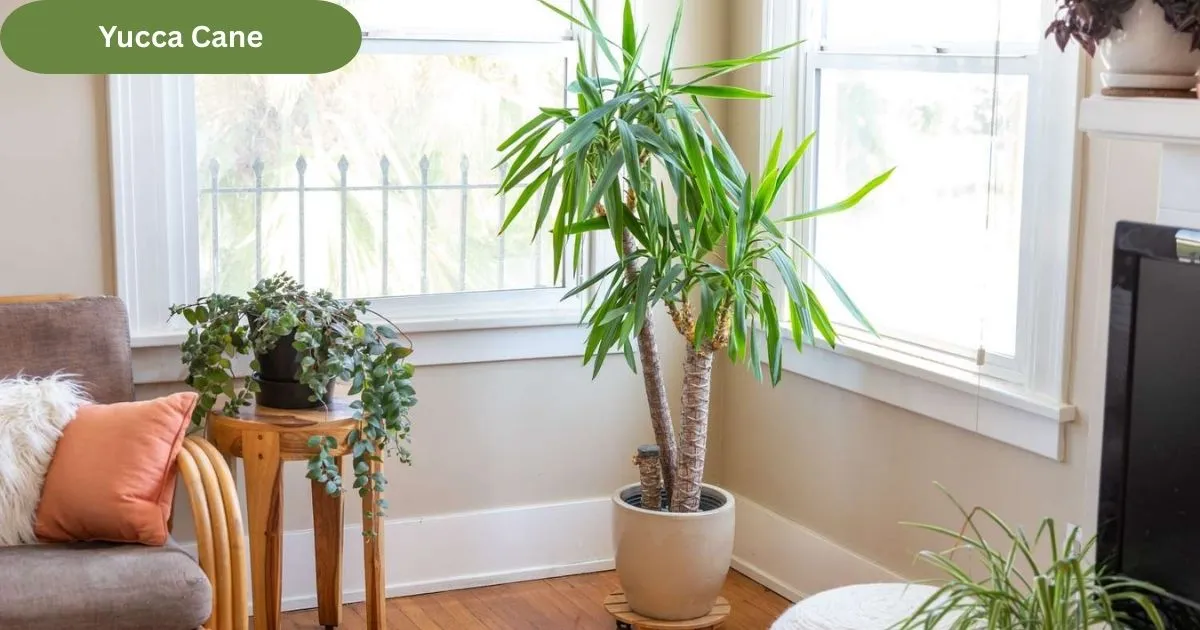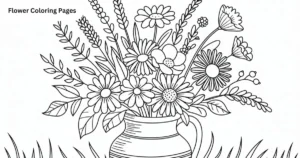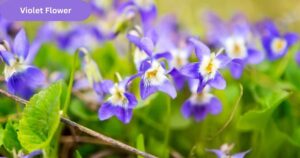Yucca cane, also known as the spineless yucca, is a popular indoor plant that is both striking and easy to maintain. With its tall, spiky leaves and slender trunk, this plant adds a touch of elegance to any room. Native to the southern United States and parts of Mexico, the yucca cane thrives in a variety of environments. Whether you are a seasoned plant lover or a beginner, yucca cane is an excellent choice for brightening up your living space. In this article, we will explore the key aspects of caring for this beautiful plant.
What is Yucca Cane
Yucca cane is a member of the Asparagaceae family, known for its tall, upright growth and leathery, sword-shaped leaves. These plants typically grow in a single stem or multiple trunks that spread out from the base. Unlike other yucca varieties, yucca cane is distinguished by its absence of spines, making it a safer option for households with children and pets.
Yucca cane plants are highly adaptable and can grow in both tropical and arid climates. They can be planted indoors or outdoors, depending on your location. While they are often grown indoors as houseplants, yucca cane can also thrive in gardens with well-drained soil and full sunlight.
Benefits of Growing Yucca Cane
One of the primary benefits of yucca cane is its air-purifying properties. Like many indoor plants, it absorbs carbon dioxide and releases oxygen, improving the quality of air in your home. This can contribute to a healthier living environment, especially in spaces with limited ventilation. Additionally, the yucca cane is known for its ability to filter toxins and harmful substances from the air, making it a great option for those looking to enhance the air quality in their home.
Aside from its air-purifying abilities, yucca cane is also an aesthetically pleasing addition to any room. Its sleek, spiky leaves provide a modern and minimalistic look, while its tall structure can serve as a natural focal point in a space. Whether placed in a living room, office, or hallway, yucca cane can complement various interior design styles.
Growing Yucca Cane Indoors
When growing yucca cane indoors, it is important to provide the right conditions for optimal growth. Yucca cane prefers bright, indirect light but can also tolerate lower light levels. Direct sunlight can scorch the leaves, so placing the plant near a window with filtered light is ideal. The temperature should be kept between 60 to 85°F (15 to 29°C) for optimal growth.
Yucca cane is a slow-growing plant, so it does not require frequent repotting. A well-draining potting mix is essential to prevent waterlogging, which can lead to root rot. The plant should be watered thoroughly when the top inch of soil feels dry, but it is crucial not to overwater. In the winter months, reduce watering, as the plant enters a dormant phase.
Outdoor Growing of Yucca Cane
While yucca cane is commonly grown indoors, it can also be cultivated outdoors in certain climates. It thrives in regions with full sunlight and well-drained, sandy soil. If you live in an area with mild winters, yucca cane can be planted in your garden or on a patio. The plant can withstand drought conditions, making it ideal for xeriscaping or low-maintenance outdoor spaces.
When growing yucca cane outdoors, it is essential to protect the plant from extreme cold. Yucca cane is hardy to USDA zones 5-11, meaning it can tolerate temperatures as low as 20°F (-6°C). However, in areas with harsh winters, it may need to be brought indoors or protected with frost cloth during the colder months. As with indoor yucca cane, outdoor plants require regular watering during dry spells, but they should not be overwatered.
Common Problems with Yucca Cane
Although yucca cane is a relatively low-maintenance plant, it is still susceptible to a few common problems. One of the most frequent issues with yucca cane is root rot, which can occur if the plant is overwatered or planted in poorly-draining soil. To avoid this, ensure that the plant is grown in a pot with drainage holes and only water it when the top inch of soil is dry.
Pests can also affect yucca cane plants, though they are generally resistant to most common houseplant pests. Aphids, spider mites, and mealybugs are the most likely culprits if your yucca cane develops a pest problem. Regularly inspecting the plant for signs of infestations and treating it with insecticidal soap or neem oil can help prevent damage.
Propagating Yucca Cane
If you want to grow more yucca cane plants, propagation is an easy and rewarding process. The most common method of propagation is through stem cuttings. To do this, select a healthy stem and cut it into sections that are about 6 inches long. Let the cuttings dry for a day or two to prevent rotting, then plant them in a well-draining potting mix. Keep the cuttings in a warm, bright location and water them sparingly until roots begin to develop.
Alternatively, you can propagate yucca cane by removing offshoots or pups from the base of the plant. These offshoots can be gently separated from the main plant and potted separately. Ensure that the new plant has enough light and water to encourage healthy growth. Propagation is a simple and effective way to expand your yucca cane collection and share plants with friends and family.
Read More: Red Yucca
Conclusion
Yucca cane is a beautiful and versatile plant that adds both style and functionality to your home or garden. With its low-maintenance requirements, air-purifying benefits, and striking appearance, it is a great choice for anyone looking to enhance their living space.
Whether you are growing yucca cane indoors or outdoors, proper care and attention will ensure its long-term health and beauty. By understanding its needs and taking the time to care for it, yucca cane can be a rewarding addition to your plant collection.
FAQs
How often should I water my yucca cane?
Water it when the top inch of soil is dry, but avoid overwatering.
Can yucca cane survive in low light?
Yes, but it thrives best in bright, indirect light.
Is yucca cane safe for pets?
Yucca cane is non-toxic to pets but can cause mild digestive upset if ingested.
How can I propagate my yucca cane?
You can propagate by stem cuttings or separating offshoots from the base.
What temperature is ideal for yucca cane?
Yucca cane prefers temperatures between 60 to 85°F (15 to 29°C).









